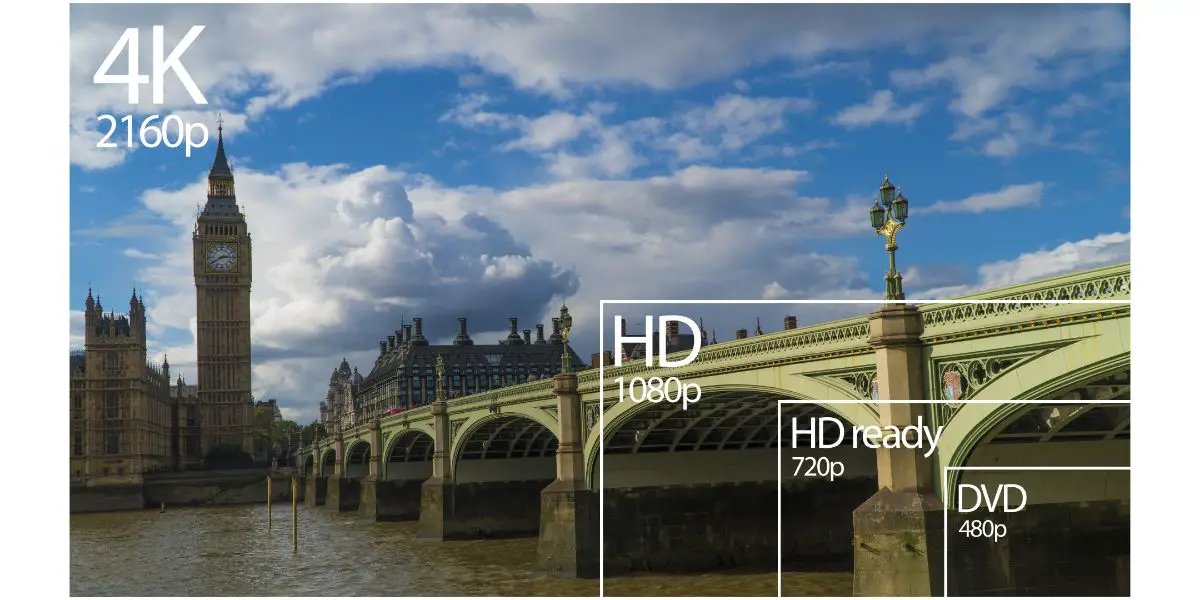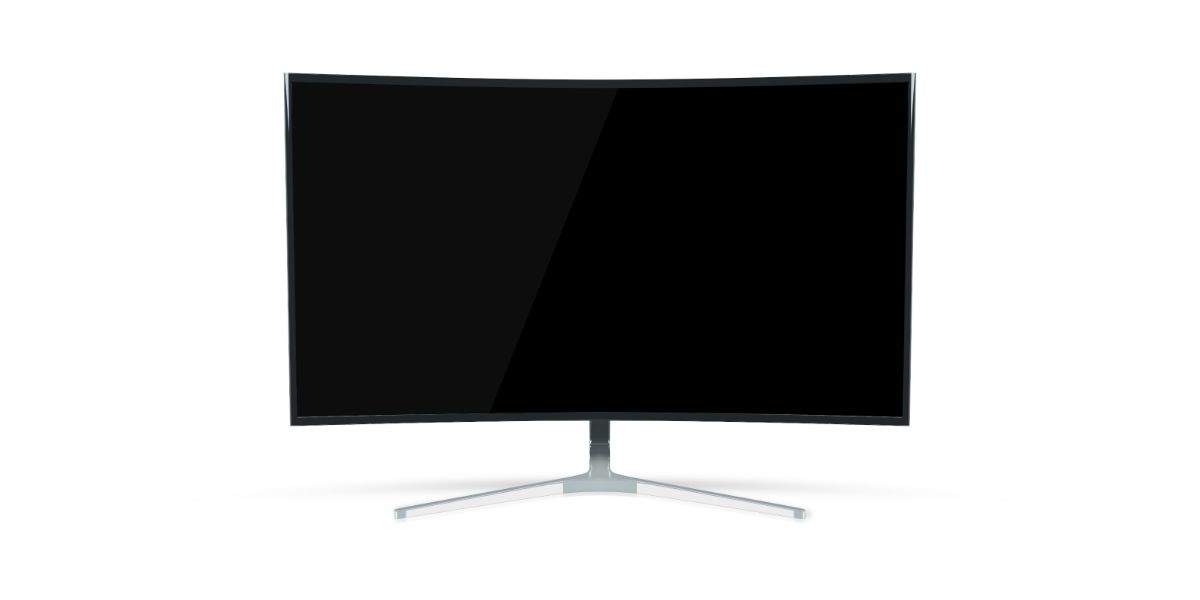Disclaimer: This post may contain affiliate links, meaning we get a small commission if you make a purchase through our links, at no cost to you. For more information, please visit our Disclaimer Page.
Everyone hates a monitor that lags no matter how high the resolution is. Many people would actually give up having high resolution just so their device could be free of input lags.
Table of Contents
How 4K Affects Input Lag
4K, as you may know, is one of the highest resolutions currently available in the market. If your monitor has a resolution of 1080p and it’s being made to output higher-resolution content, you may notice delays when it comes to performance.
4K causes input lag because the monitor or screen uses the time to process an image higher than the monitor’s native resolution. The processing involves scaling the image, which delays the display of an image on the screen.
Most screens nowadays are equipped with graphic components that send the image that the program, and by extension, the user wants the screen to project. If you’re using the monitor for gaming, lags will become more noticeable due to the rapid motions of the game.
Lags Are Affected by Several Factors
The monitor will have to process the frames individually, and the more distance between the native resolution and the user’s chosen resolution, the longer the lag will be.
Adding to this is the difference between the game’s aspect ratio and your monitor’s aspect ratio. 16:9 is the standard ratio, but your monitor may be geared differently.
Lags are often measured in milliseconds; an acceptable lag for professional gaming is 15 milliseconds and under. If your lag is around 40 milliseconds, this should still be fine, as this is the average lag for casual gamers with standard equipment.
Anything above 70 milliseconds, however, is already classified as poor and should be fixed immediately.
Note that there is a distinction between input lag and monitor response time. Input lag refers to the time spent processing the frame before it’s ready for display. On the other hand, response time is more focused on the pixels themselves and how long they change their colors.
Monitor Input Lag Is Not Completely To Blame
That said, you must remember that the monitor is not the only component that can lag in your PC. You also have to consider the mouse, the keyboard, and all the other accessories you have.
Examples of input lag are when you click on your mouse and when the cursor presses the button you want on the display. Another notorious culprit is a bad hard drive. I write more on hard drives and lagging on this article here!
I would say that the lag on all these other components affects your overall experience as much as monitor input lag, if not more. So while you should still be wary about how your monitor performs, do not place complete blame on it for having a bad and laggy gaming experience.
Reducing Input Lag on TV Screens
Since a television screen is much larger than a PC monitor, it creates a more immersive experience for gamers. But, using a TV comes with its own disadvantages.
The TV, after all, was made to produce the most vibrant frames. The technological design was intended to improve the overall experience of the gamer. On the other hand, the monitor was geared to churn out as many frames as efficiently as possible.
The problem with TV screens is that they have a lot of content-enhancing features that can really add to the input lag.
Here are the ways you can reduce lag on your TV screens.
- Look for the Game Mode on your TV. This mode varies from model to model, but what this does is bypass two signal processors on the TV, which shortens the overall lag time.
- Tick off features such as MPEG Noise Reduction, which focuses on softening the image. These features can make already alien-looking games even more unrealistic. Turning this off makes images more natural and can cut on input lag.
- You can also turn off adaptive contrast. This mode only enhances shadows and makes brights brighter and darks darker. I would say this is more recommended with stylistic animations and games reliant on moods, but if you want to run your TV smoothly, it would be better to turn this off.
- To counter the compromise on picture quality, you can rework the colors. It’s common for colors to not translate on your TV as well as on your PC. This poor translation is due to color subsampling.
- Inform the TV that you’re transmitting from a PC. Sometimes, your TV will prioritize saving bandwidth, which is why they set aside some information about the image. When you change the input information, the TV naturally adjusts to the color data that the PC provides. You can also toggle the RGB settings to full.
Reduce Input Lags on PC Monitors
If you find input lags absolutely unbearable but don’t want to compromise on resolution, you can follow the following.
- You can perform a Deployment Image and Servicing Management (DISM) check. You can do this by pressing the Windows key and opening cmd.
- Type in the single-line command, “C:\Windows\system32>DISM.exe /Online /Cleanup-Image /Check Health” and then press Enter. What this does is check display-related hardware for any damages. If there is none, you should receive the “No component store corruption detected.” message.
- If you get the error, you can type in the code, “C:\Windows\system32>DISM.exe /Online /Cleanup-Image /Restore Health”. This code should get rid of the errors.
- If you’re still unsatisfied, you can opt to upgrade your graphics processing unit so that you can accommodate higher frame rates. This method is actually one of the most effective ways to reduce input lags. A better GPU gives you a more responsive monitor and smoothens the image produced.
Should You Upgrade to a 4K Monitor?
You should upgrade to 4K if you plan to get a large screen. The primary selling point of 4K is the amount of detail it provides its viewers, which can only be noticed on a big screen.
But if you’re more nitpicky about the color and mood of your media and games, resolution may not matter as much as picture quality. Here, it would be better to explore the debate on LEDs, OLEDs, LCDs, and AMOLEDs.
For all the trouble with having to broadcast 4K and above resolutions on 1080p and lower screens, you might be tempted to purchase a 4K or above monitor. If you want a smooth and seamless experience, you should consider the 4K.
Furthermore, game companies and console manufacturers are moving away from the 1080p to make the 4K the new standard. Expect this to trickle down to regular and budget laptops as display technology becomes more compact.
The final aspect to consider would be the budget. If you simply want a new monitor but only have $250 or below, stick to the 1080p. But if you can shell out more, go for the 4K. The experience is noticeably different, particularly if you use your PC close to the screen.
Conclusion
4K resolution can cause input lags on monitors not made to support it. However, you should not blame monitor lag, as the system lag drastically affects your overall PC or TV experience.


